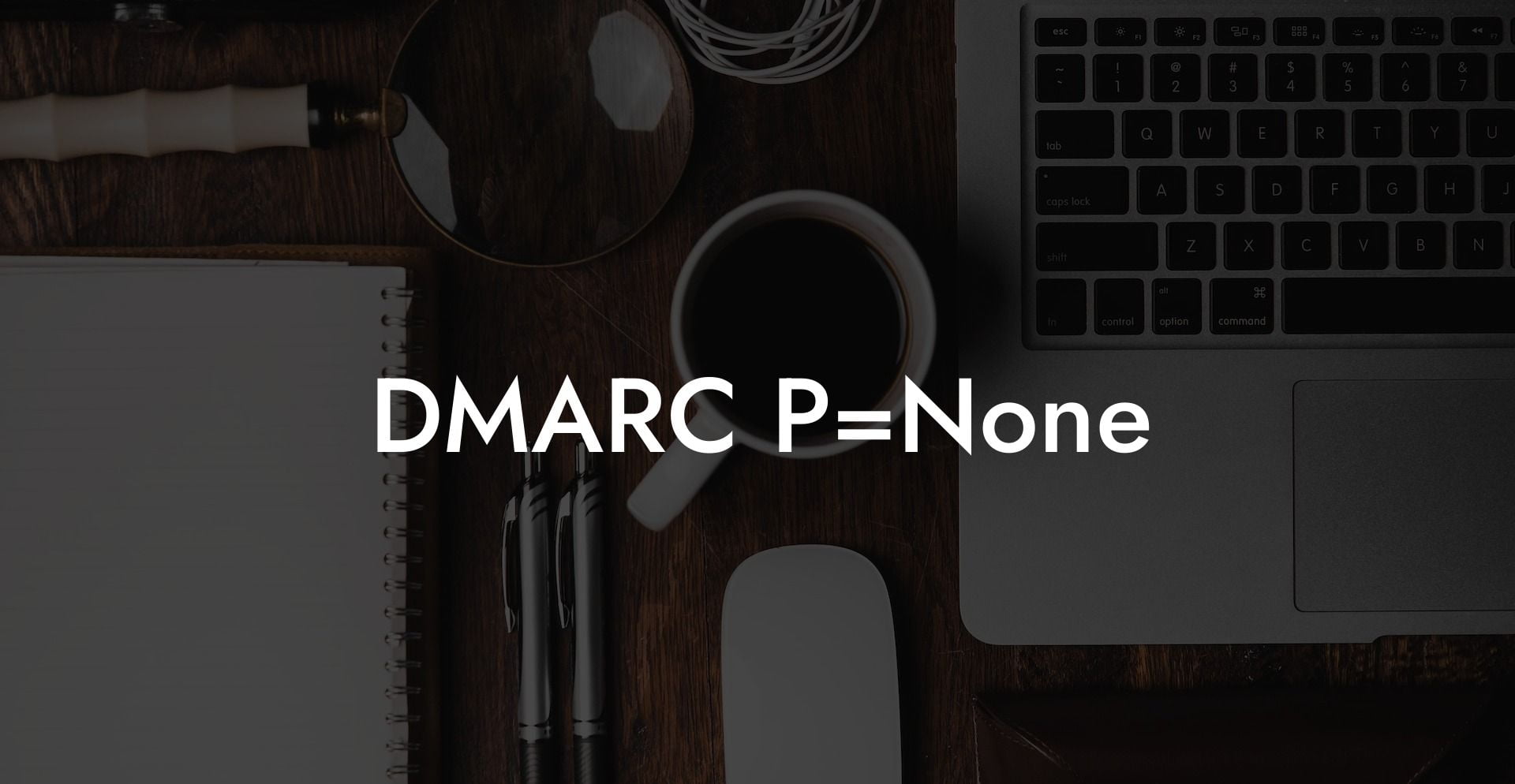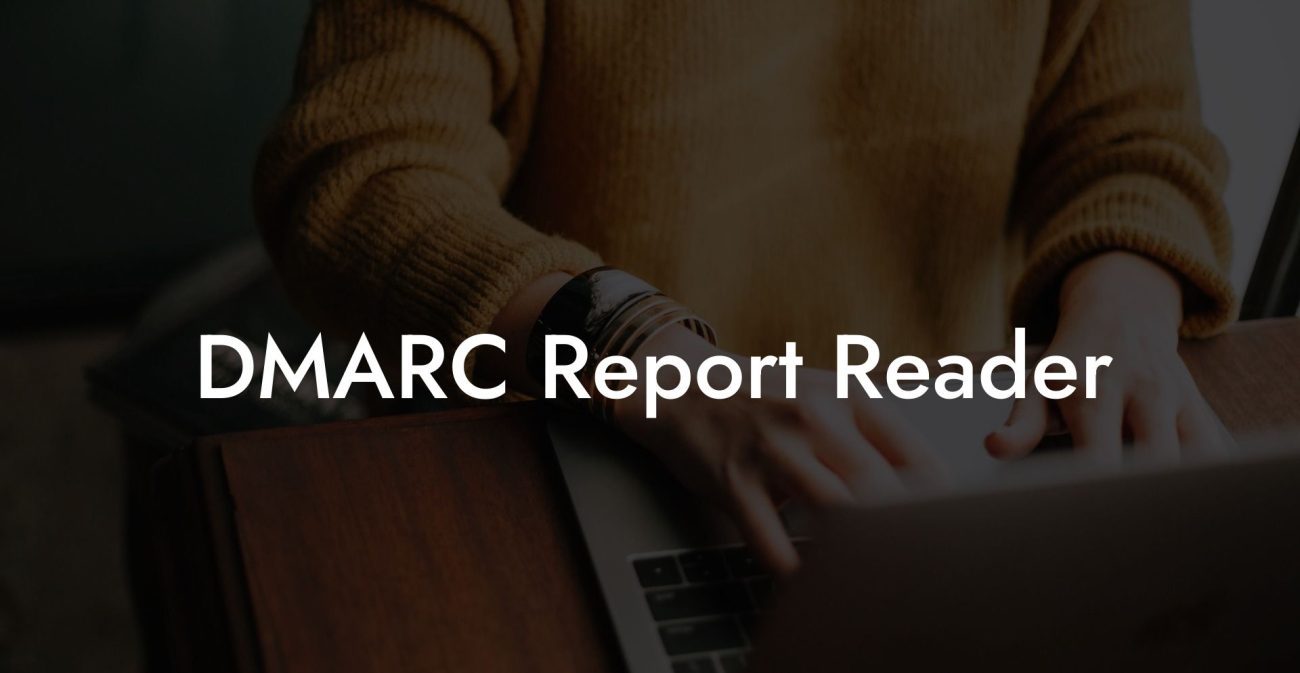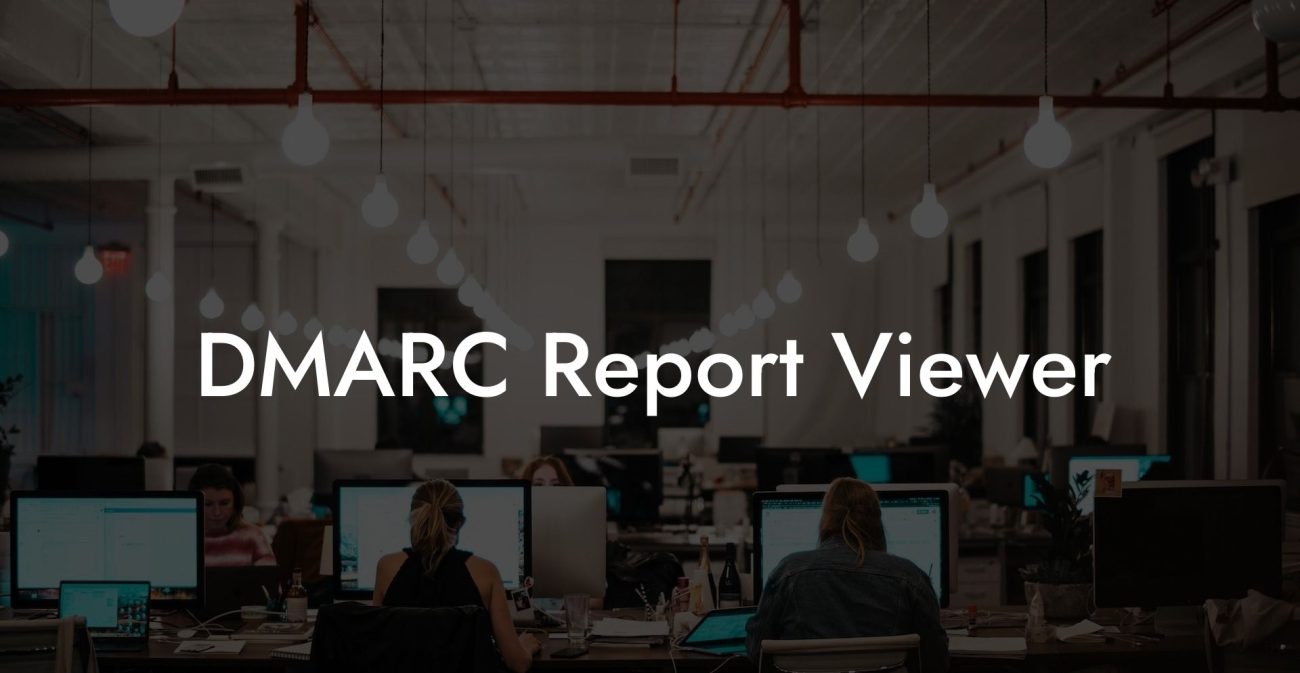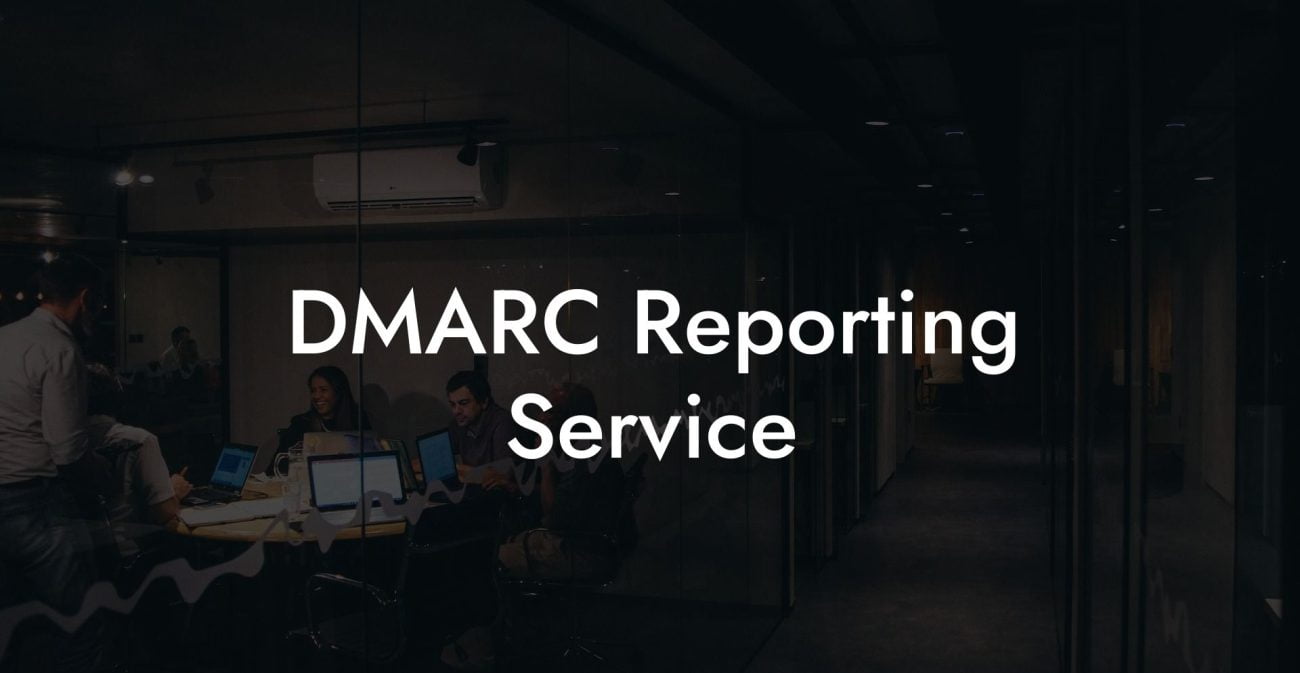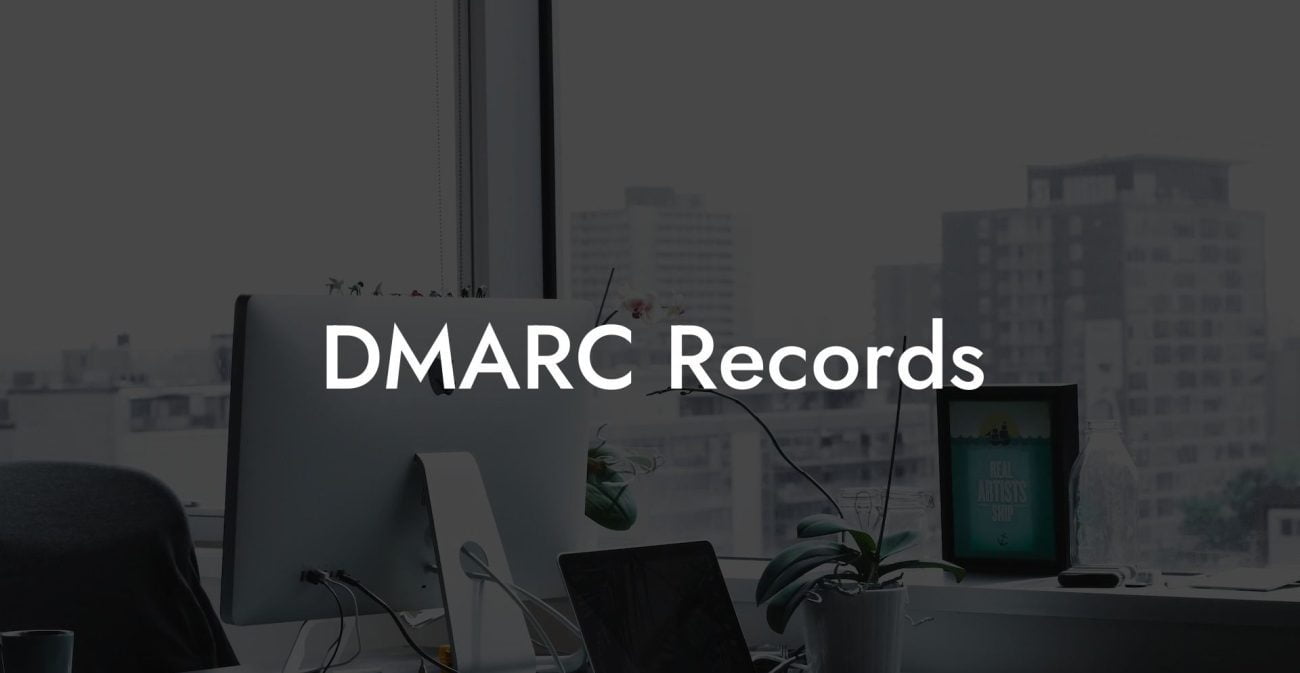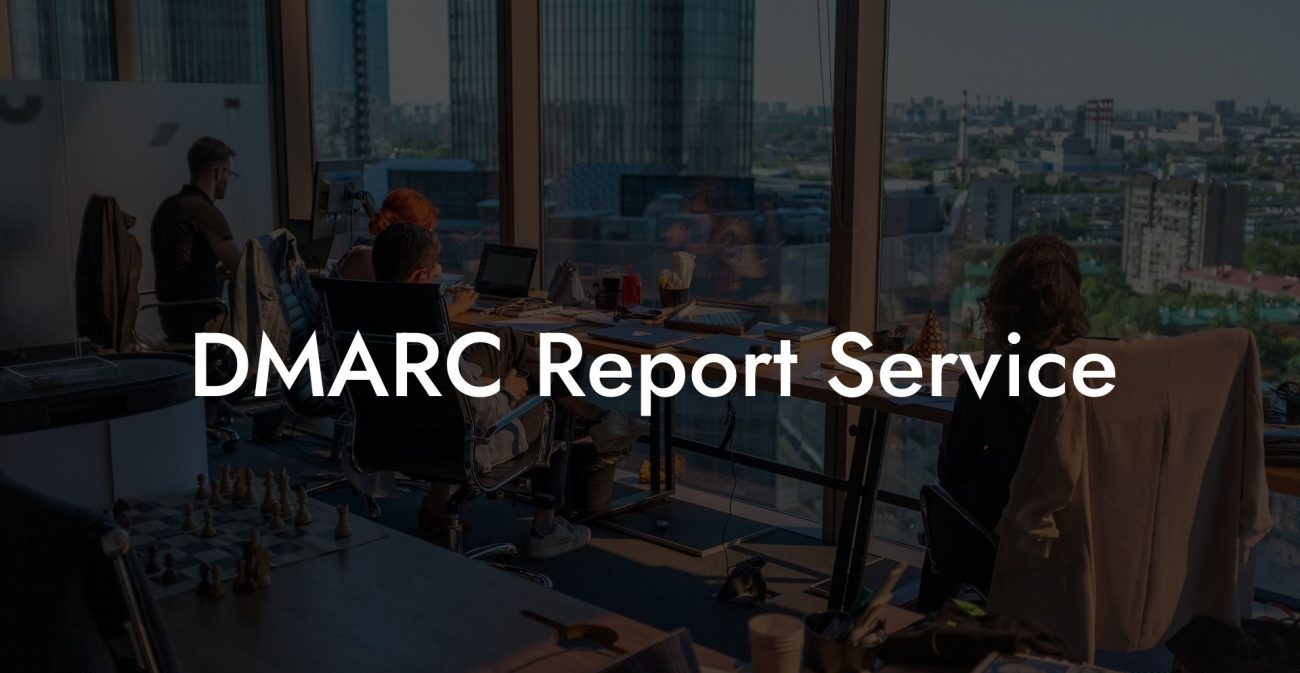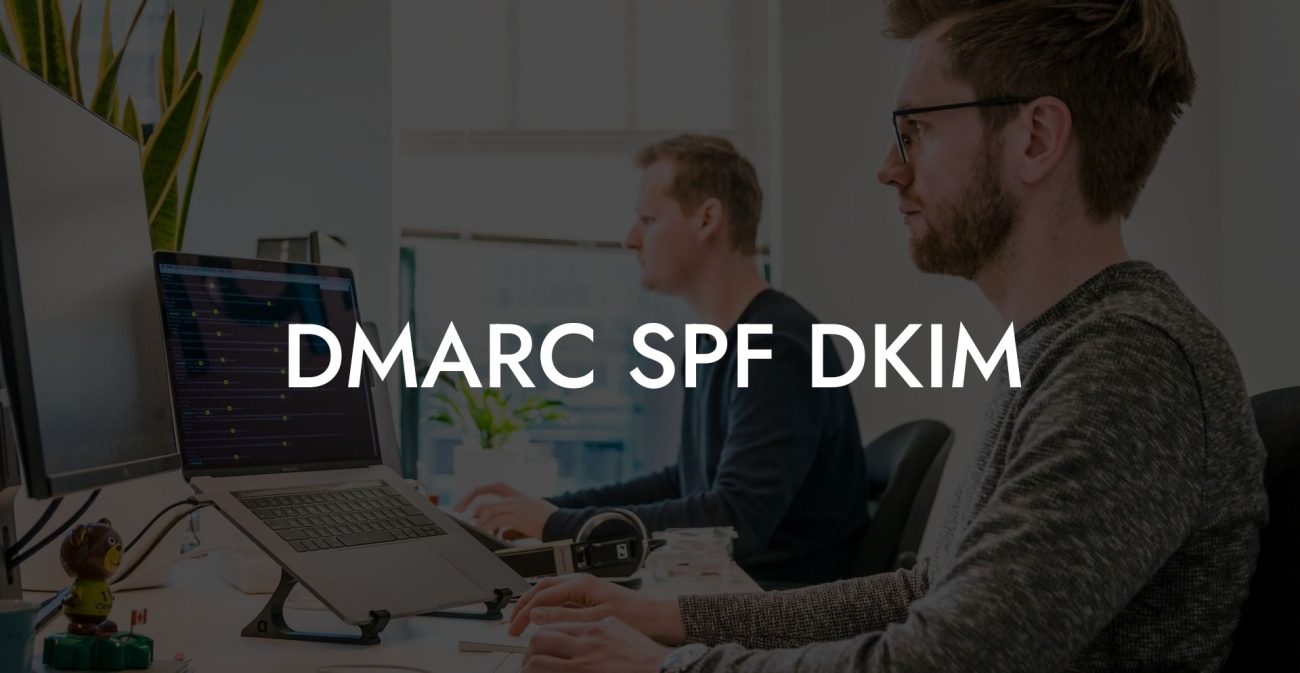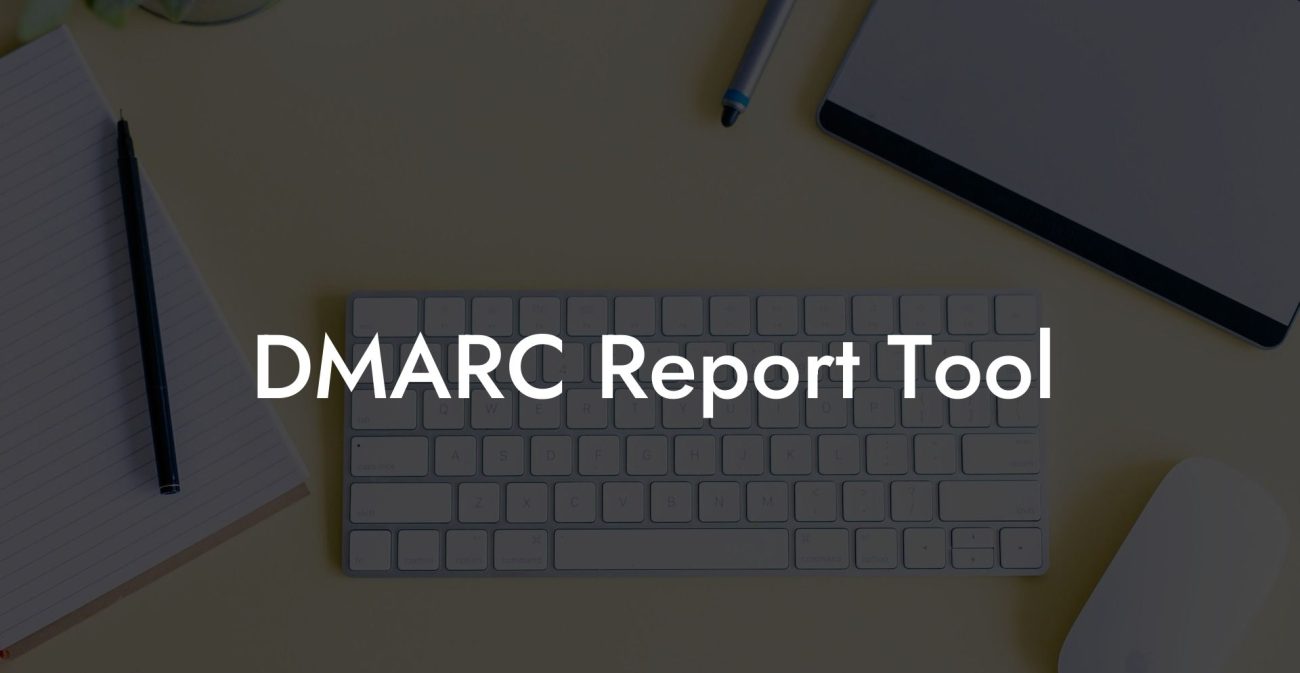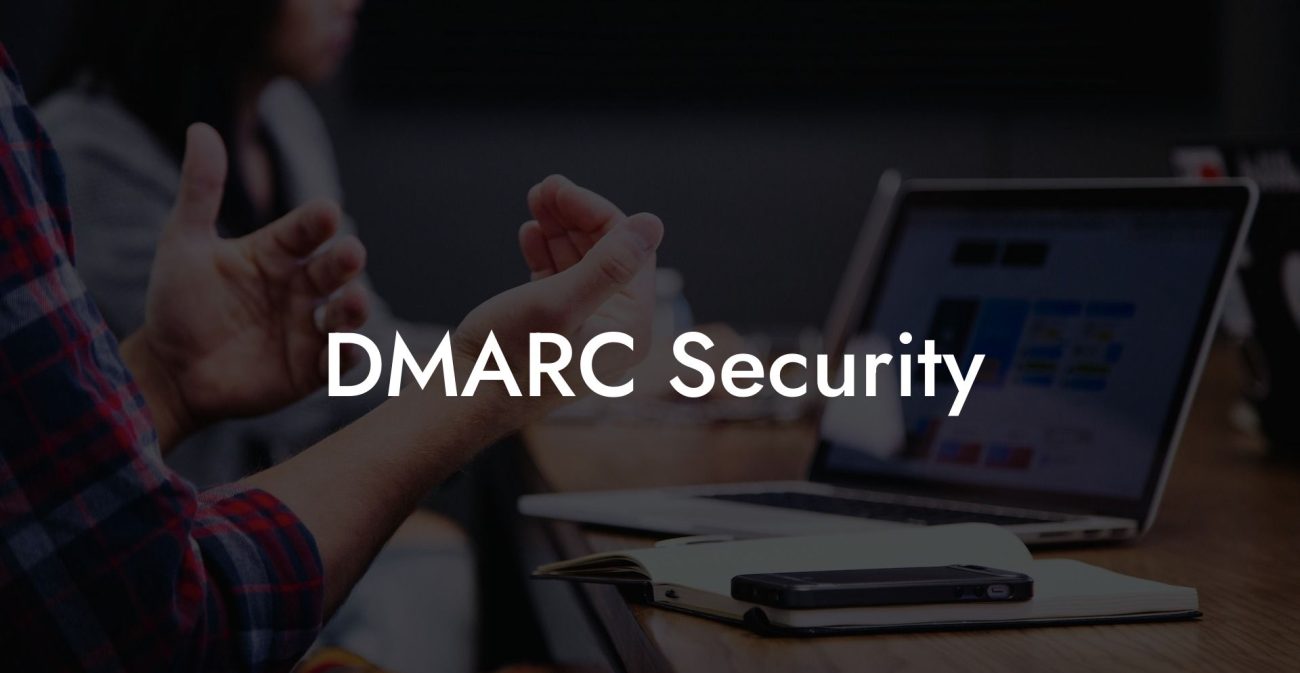Demystifying DMARC - an essential tool in the fight against cybercrime and phishing attacks. In this blog post, we will explore the meaning and purpose of DMARC's "p=None" policy. This policy is often overlooked but plays a crucial role in safeguarding email domains from malicious activities. Understanding and implementing DMARC with the correct policy can significantly enhance your organization's cybersecurity posture.
What is DMARC?
Domain-based Message Authentication, Reporting and Conformance (DMARC) is an email authentication protocol that aims to prevent spoofing and phishing attacks. It uses Sender Policy Framework (SPF) and DomainKeys Identified Mail (DKIM) to determine the authenticity of an email. The DMARC policy applied to a domain defines how the receivers of emails from this domain should handle unauthenticated messages.
DMARC Policies
Protect Your Data Today With a Secure Password Manager. Our Top Password Managers:
DMARC provides domain owners with three policy options:
- p=None: The receiver takes no action on unauthenticated emails; they are delivered normally. This policy is designed for monitoring and collecting data on email streams.
- p=Quarantine: Unauthenticated messages are flagged as potentially suspicious and placed in a quarantine folder or flagged with a warning message. This policy prevents users from seeing potentially harmful messages in their inbox.
- p=Reject: This policy outright rejects unauthenticated messages, ensuring they don't reach users' inboxes. Rejected messages are returned to the sender, typically with a bounce message stating the reason for rejection.
Understanding the p=None Policy
The p=None policy is the initial and most lenient DMARC policy, designed for monitoring and gathering information about a domain's email traffic from participating receivers without impacting email delivery. Implementing p=None helps domain administrators:
- Gain visibility into their legitimate email sources
- Identify and fix any email authentication issues preventing legitimate senders from DKIM and SPF alignment
- Observe unauthorized third parties sending messages from their domain, e.g., cybercriminals using spoofing techniques
Benefits of Implementing DMARC p=None
Though p=None doesn't directly instruct receivers to quarantine or reject unauthenticated emails, its benefits lie in the data it provides, which can help domain administrators establish stricter DMARC policies in the future. For example:
- It helps identify potential vulnerabilities in the domain's email authentication process, giving administrators the opportunity to correct them.
- It provides insight into the domain's email streams, both legitimate and malicious, enabling informed decisions regarding DMARC policy adjustments.
- It helps organizations maintain a positive sender reputation by demonstrating a proactive approach to email security and DMARC deployment.
DMARC P=None Example:
A company, ABC Corp., decides to implement DMARC to protect its domain from being used in phishing attacks. They begin with a p=None policy to minimize delivery disruptions and gather data:
```html
v=DMARC1; p=None; rua=mailto:dmarc_reporting@example.com;
```
ABC Corp. receives reports from participating email receivers, providing insights on the volume and nature of its domain-based email traffic. Over time, they fix any email authentication misalignments and gain confidence that legitimate email senders align with SPF and DKIM. Consequently, ABC Corp. moves to the p=Quarantine policy, further strengthening its domain's protection against phishing and spoofing attacks.
In conclusion, while DMARC with the p=None policy isn't an end solution for email security, it serves as a crucial first step in the journey. It enables domain administrators to gain valuable insights to improve email authentication and better protect their domain from cybercriminals. To learn more about how DMARC and other cybersecurity measures can help protect against voice phishing and other threats, explore our other guides on Voice Phishing and share this post with your friends and colleagues.
Protect Your Data Today With a Secure Password Manager. Our Top Password Managers:

